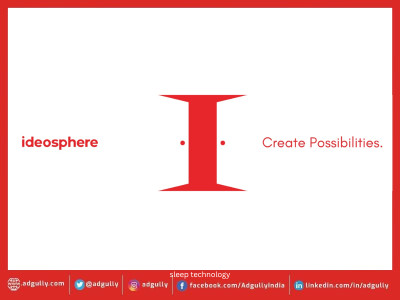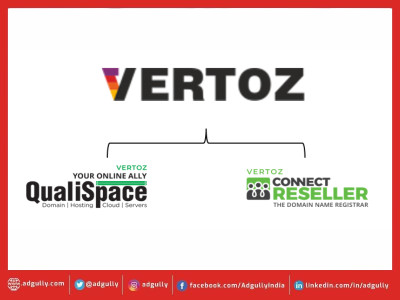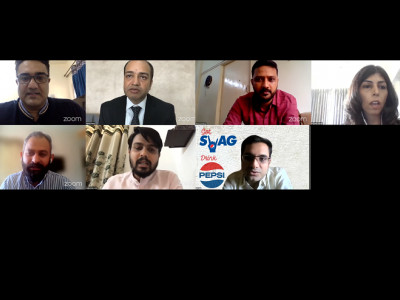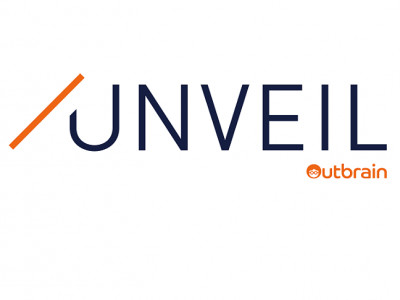Key factors in growth of programmatic advertising in India: Ashish Shah
In this Guest Column, Ashish Shah, CEO & Founder, Vertoz Media, explores the growth of programmatic advertising in India, the factors fuelling its growth, some challenges and the road ahead.
When it comes to India, online advertising has a very small market in the world. Traditional forms of advertising are what brands and marketers look to set their budgets on. However, things are changing and we are seeing a huge shift from traditional to online due to programmatic advertising.
Programmatic advertising typically refers to the buying and selling of media with the use of automated software without much human interference and in real-time. Programmatic has evolved a lot and has a greater market share in the online advertising industry. It has a high demand and reach in the international market.
As per emarketer, 67 per cent of the total digital display ad spends in the US is programmatic. While in the UK, programmatic display ad market will be worth £2.67 billion ($4.08 billion) this year, up 44 per cent from 2015.
Programmatic advertising has been around for a long time now, but in India it has been introduced in the last couple of years and is at a very nascent stage. It still hasn’t picked up the pace yet as people are not much aware of its benefits. Marketers and agencies still prefer the traditional way of media buying, but they need to be educated about the bright side of programmatic and the perks that come along with it.
Mobile programmatic in India
India is the second biggest smartphone market in terms of active unique smartphone users, crossing 220 million users, surpassing the US market, and is expected to reach 600 million by 2020, according to a report by Counterpoint Research. India being a mobile-first country and the penetration being so high, makes way for brands to advertise and target audiences on these devices programmatically.
For the Indian market, the predictions are encouraging. eMarketer suggests that advertisers in India will spend close to $250 million in 2016 to reach consumers on tablets and mobile phones, an exponential rise from $26 million in 2013 and a double from that of 2015.
Based on personal and app usage behaviour data, mobile users can be easily targeted on their devices and can be showed ads that they are interested in. Mobile advertising is more convenient and helps brands and advertisers tap into a huge market where the scope of creating a brand impact is important.
Native in India
While mobile advertising tends to be the future of programmatic, native ad formats also play a major role in making programmatic advertising successful.
Native advertising has become the new standard in digital advertising for brands to improve their overall ad experience and for publishers to provide better engagement and great user experience to their audiences.
These ad formats act as a part of the publisher’s web content and cannot be easily distinguished as an advertisement. This also helps them to be undetectable by ad blocker and provides a better look and feel to the content a user is browsing.
Marketers are changing their preferences and adapting native advertising. Native is becoming the next big thing due to its non-intrusive nature even in mobile advertising. Experts even predict that by 2020, 63.2 per cent of the mobile display ad spend will be native, which will make up $53 billion in advertising spend globally.
Challenges to programmatic
While programmatic advertising is evolving, and bringing in new technology and ad formats for the advertisers and publishers, it is going through a few challenges when it comes to the Indian market. These challenges can be tackled through proper measures.
Future of programmatic
The Internet is being integrated with every possible device to connect them with each other and make life simpler. While people believe a growth in programmatic advertising in mobile devices and native advertising. Online advertising has an even bigger scope of spreading across various devices and advertise programmatically.
IoT (Internet of Things) devices, smartwatches, VR boxes could be seen running programmatic ads three to five years down the line. Programmatic advertising will not be limited only to desktop, laptops, tablets and mobiles, but will have a huge market reach to advertise across every device that is connected to the Internet.
Programmatic for both the advertisers and publishers come with a lot of benefits that traditional advertising may not be able to provide. And believing that the future would be so bright, marketers will have to adopt programmatic advertising and set in more budgets, which will prove them to be better than traditional and earn a better ROI.
















Share
Facebook
YouTube
Tweet
Twitter
LinkedIn